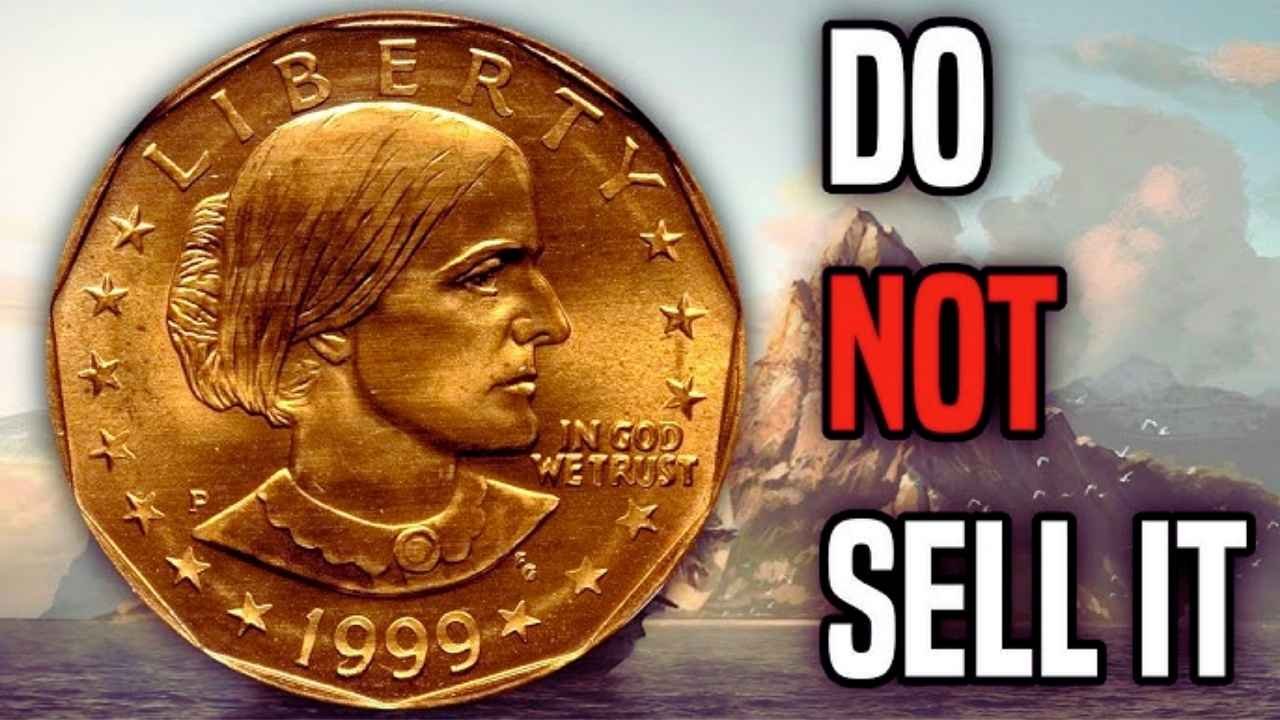The Bicentennial Quarter, minted in 1975 and 1976 to celebrate America’s 200th birthday, is a coin most people recognize. With its unique drummer boy design on the back, it stands out from regular quarters. Over 1.6 billion were made, so they’re still common in change today. But whispers of a super rare version, supposedly worth $2.5 billion, have collectors and everyday folks checking their pockets. While that price sounds like a wild dream, certain Bicentennial Quarters can fetch big money due to rare errors or special features. Could one be hiding in your wallet right now?
A Coin Born for a Big Celebration
In 1975, the U.S. Mint wanted to mark 200 years since America’s independence. They swapped the usual eagle on the quarter’s back for a Colonial drummer boy, a torch, and 13 stars for the original colonies. These coins, dated 1776-1976, were made in huge numbers for everyday use. Some were also crafted in 40% silver for collectors. Most are worth just 25 cents today, but a few stand out because of mistakes made during minting. These errors, like wrong metals or doubled designs, make certain quarters super valuable to collectors.
What Makes a Quarter Worth Billions?
The idea of a $2.5 billion Bicentennial Quarter grabs attention, but experts say it’s mostly a myth. No quarter has ever sold for that much. Still, some rare versions can bring in thousands or even millions. For example, a coin struck on the wrong metal, like gold or platinum instead of copper-nickel, could be a massive find. Others have errors like double stamping, where letters or images look blurry. A 1976-S Silver Proof Quarter in perfect shape might sell for $10 to $20, while error coins, like a double die obverse, can go for $100 to $500. One super rare error coin even hit $10,000 at auction.
How to Spot a Valuable One
Finding a high-value Bicentennial Quarter takes a sharp eye. Check the date first; it should say 1776-1976. Look at the mint mark, a small letter on the front. No mark means Philadelphia, D for Denver, and S for San Francisco. Silver coins from San Francisco feel heavier and shinier. Errors like off-center designs or doubled words like LIBERTY are big clues. If a quarter looks golden or doesn’t stick to a magnet, it might be a rare metal mix-up. Here’s a quick guide to values:
| Type of Coin | Estimated Value Range |
|---|---|
| Regular Circulated | $0.25 – $1 |
| 40% Silver Uncirculated | $5 – $10 |
| Double Die Error | $100 – $500 |
| Proof S Mint Mark | $10 – $20 |
| Rare Error (e.g., wrong metal) | $1,000 – $10,000+ |
Where to Look and What to Do
These quarters are still out there, maybe in your change, a piggy bank, or an old jar. Bank rolls, flea markets, or coin shops are good spots to hunt. If you find one that looks odd, don’t clean it; that lowers its value. Take it to a pro grader like PCGS or NGC to check if it’s real and get a value. Selling through auction houses or trusted coin dealers is your best bet for big finds. Online marketplaces work too, but be careful of fakes.
The Thrill of the Chase
The $2.5 billion price tag is likely just a story, but the hunt for rare Bicentennial Quarters is real and exciting. Coin collecting is like a treasure hunt, mixing history with the chance of a big payday. Even if you don’t find a billion-dollar coin, a rare error could still bring hundreds or thousands. So next time you get change at the store, take a second look. That quarter might just be a piece of history worth way more than 25 cents. Keep your eyes open, and you could stumble on a small fortune.
